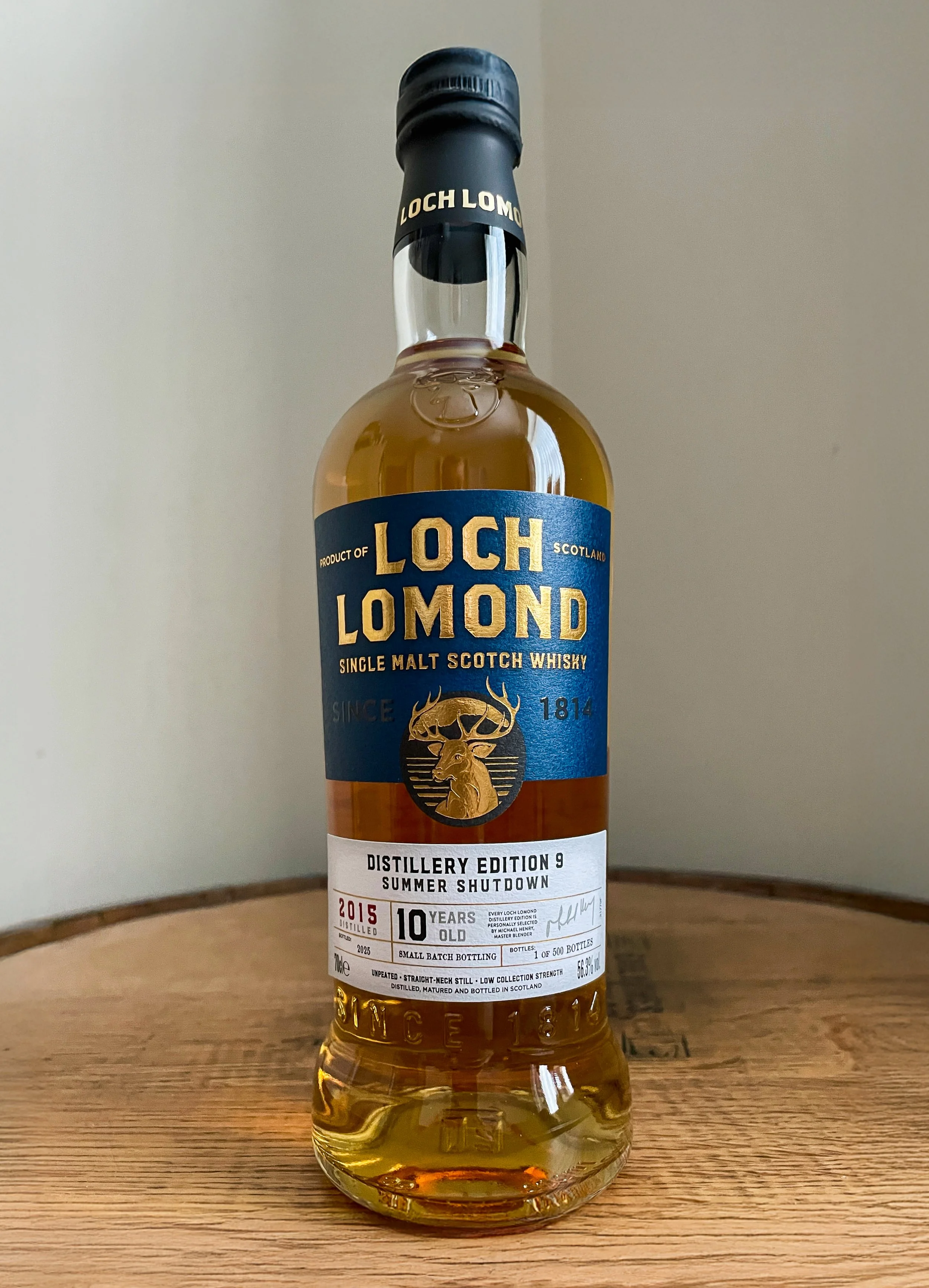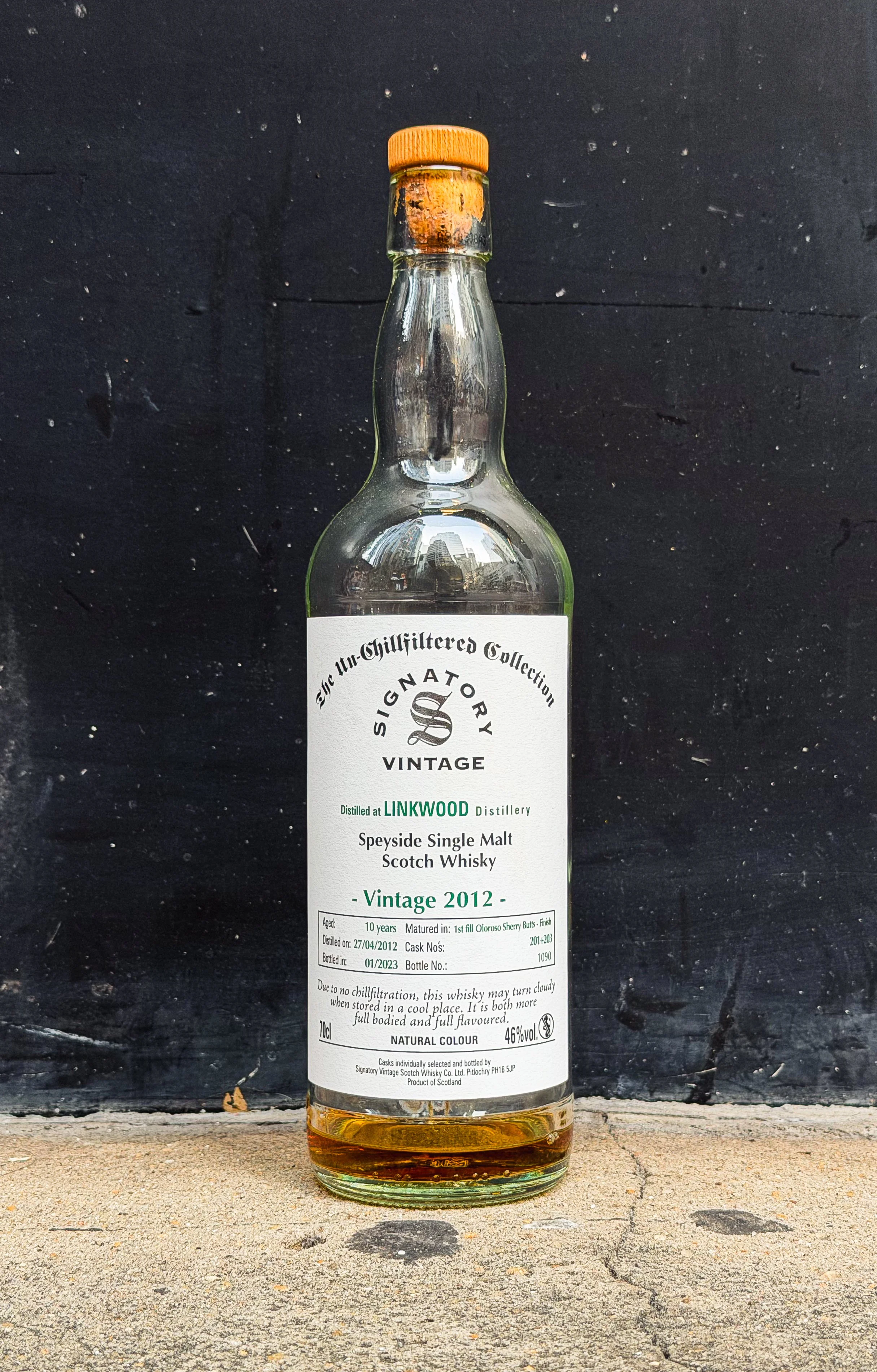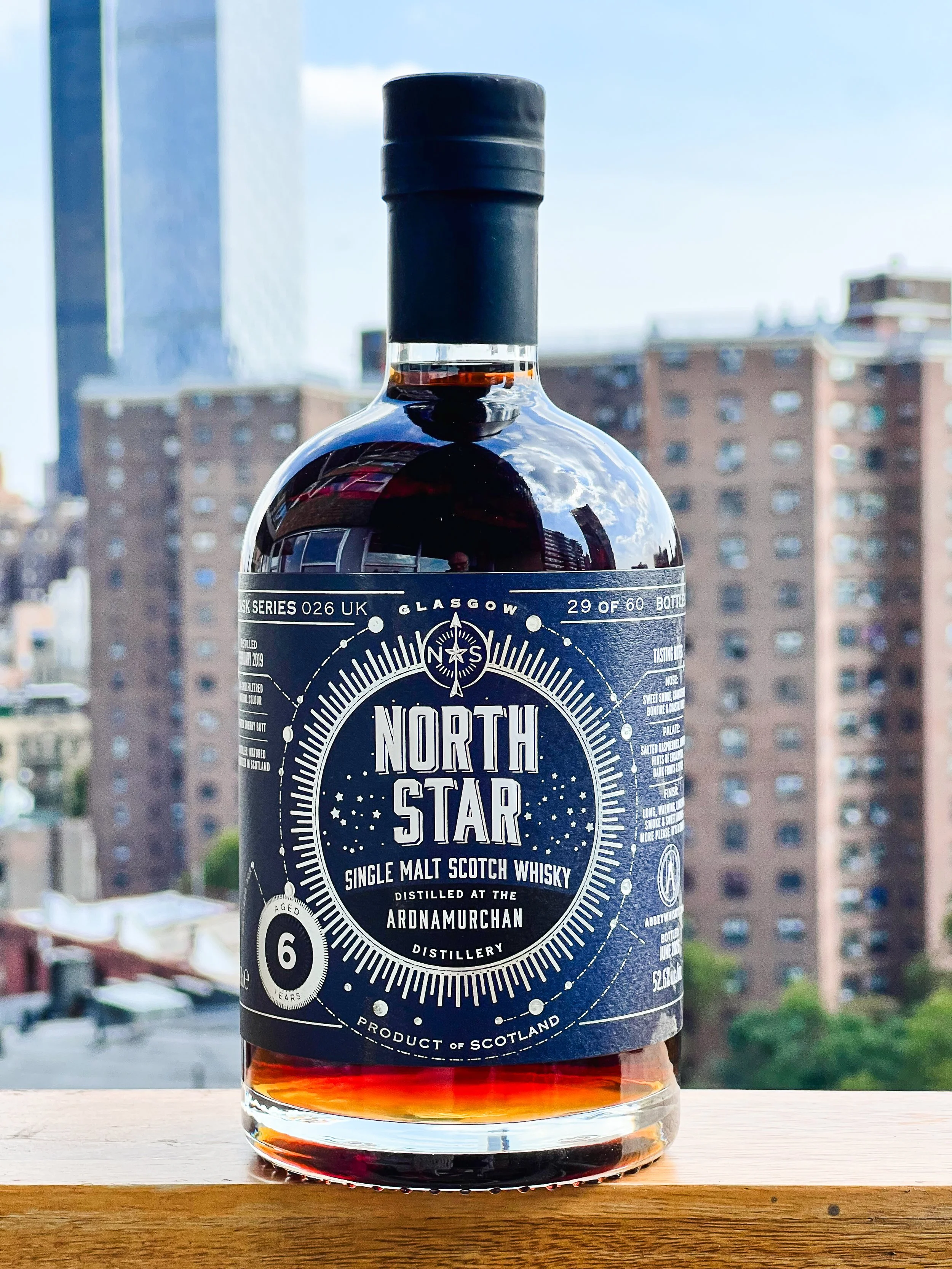Clynelish 18yo 1992
Signatory Unchillfiltered Series | 46% ABV
Score: 7/10
Very Good Indeed.
TL;DR
Not as expected doesn’t necessarily mean bad
In search of that wax
There are more than 140 distilleries producing single malt in Scotland. Most of them belong to international ventures and holdings, and while single malt has been on the rise worldwide for a few decades now, most of their production is destined for blends.
Then, there are those who dedicate their entire production to single malt; more often than not owned by much smaller organisations. A bunch have been built during the 21st century. Then there are also a few which closed in the second half of the 20th century, many of which you can still taste; provided you hunt for them a little and you have some cash lining your pockets. Yet, there are only a select few which have captured the unanimous respect and fascination of whisky enthusiasts.
Among those, you could cite names such as Port Ellen, Ben Nevis, Macallan - thanks to older bottlings of course - Rosebank, Springbank, Brora, or indeed, its sibling Clynelish. Maybe in the future, people are going to rave about and collect Ardnamurchan or Loch Lomond, but these days are not upon us yet. Clynelish, on the other hand, is clearly a cult distillery - and has been for quite some time - and some people might even argue that it is Diageo’s current best distillery.
There is still confusion in my primate brain about when Clynelish stops and becomes Brora, but this is roughly how I understand it: The original Clynelish distillery was built in 1819. Fast forward to the 1960s, and there was such demand for this malt for blends (notably Johnny Walker and Ainslie’s) that then owners DCL decided it would just be easier to build another “Clynelish 2” distillery across the road. The original Clynelish 1 was renamed Brora distillery in 1975, following legislation that also had Glen Grant II renamed as Caperdonich, and Brora eventually closed in 1983, gaining a cult status afterwards.
I’m simplifying here; there’s a longer story to be told involving droughts on Islay and a need for peated malt from elsewhere which saw the resurrection of Clynelish 1 - which became Brora, but that’s not today’s story.
Clynelish 2, simply known as Clynelish from 1975, instead of being the consolation prize for Brora fanatics, became a legend in and of its own. And that’s primarily down to one thing: wax. I don’t think that there is, in the whole whisky world, an organoleptic characteristic and a distillery as indissociable as wax and Clynelish. Those two go hand in hand, so much so in fact that one can almost judge the quality of a Clynelish bottling solely by the amount of wax on the nose. Almost.
This distillate is unique in Diageo’s portfolio, and I would argue in the whole of Scotland. So much so, that when the distillery stopped production in the 2010s to be refurbished, they changed the distillation regime at Dailuaine to mimic those waxy qualities. Thinking about it now, it puzzles me how such a popular profile has not yet been replicated, or even attempted by other distilleries. There is of course Deanston, which prides itself on achieving a waxy character; but in my experience, it is rarely detectable, and seldom as pronounced as in Clynelish.
Now that’s another simplification, as over the years the distillate character has obviously shifted. I’ve tasted Clynelish bottlings which weren’t as waxy as expected, but showed a delicious coastal, mineral quality, and thus were mightily enjoyable nonetheless. There are some bottlers which released sherry or wine finished examples as well, but, like many others, that’s not why I seek Clynelish. First fill - or even better, refill bourbon is the way for me to truly experience this distillery - and other characterful malts like Chichibu, Lagavulin or 1990s Ben Nevis.
But where does this wax come from? Well, a quick research would point towards the gunk in the feints receiver. Over the course of a distillation season, oils and fats from the distillate end up precipitating in the receiver, and in most distilleries, this gunk is removed during the silent season. At Clynelish however, they realised that by doing that, they lose the oily and waxy character in the new make. Less cleaning and better whisky? Talk about a win-win situation. You can bet that when I open my distillery, those feints receivers will stay dirty.
I have been fortunate enough to try a few older bottlings of other malts which have exhibited waxy qualities, notably a stunning recent dram of a Dailuaine from the rare malts range, but they always slightly differ from Clynelish. Thankfully might I add, since these nuances are fun. So when I bought this bottle, my hopes were high.
Review
Clynelish 1992 18yo, Signatory Vintage Un-chill filtered Series, bottled 2011, hogsheads 17272 + 17273, 46% ABV
€95 at auction (£79) paid
This isn’t the first Clynelish I’ve tried, but it’s my first bottle purchase. Unfortunately, due to both high demand for single malt bottlings and the majority of the output still going directly to Johnnie Walker blending vats, the price for indie, natural Clynelish of a decent vintage has risen over the past few years, enough to be comparable, or sometimes higher than official releases. Even at auction, at least around my neck of the woods, the prices are rarely lower than retail. But rarely doesn’t mean never…
Last month, while browsing my local auction website, I spotted this bottle which ticked almost all the boxes. Relatively low asking price, old Clynelish, naturally presented from apparently not so active casks. The only little downside is that it isn't cask strength. There are still some great examples of beautiful 46% whisky, so in the end I couldn’t resist placing a bid. I ended up getting it for 95€, fees and delivery included. A consequent sum of money for sure, but for 18 year old Clynelish from a respectable bottler, I think you’ll agree with me thinking I scored a pretty good deal, on paper at least.
Still - as I crack the seal open, I’m a little anxious, as it could very well just be a run of the mill, not-bad-but-not-great Clynelish, and that would be somewhat disappointing. Alas, I have to be brave and share with you the result of my auction endeavours.
Score: 7/10
Very Good Indeed.
TL;DR
Not as expected doesn’t necessarily mean bad
Nose
Immediately very mineral and fresh, on beach pebbles and lemon curd. A creamy side as well : crème Anglaise, brioche. Fruity as well, with fresh pineapple juice and red apples.
With water: Just three small drops, and it goes spinal tap on the orchard fruits : red apples, pear juice and granny smith apples. The slightest whiff of candle wax.
Palate
Creamy and fresh. Maybe some waxiness, but so little it makes me wonder if my mind’s playing me tricks. Juicy pears and orchard fruits, with that pebble-y minerality.
With water: Echoes the changes in the nose, getting fresh, vibrant and zingy. A pleasant light oak bitterness appears on the finish, giving it a medium length.
The Dregs
Whiskies that spent a long time in refill wood tend to hide their age pretty well, and this is certainly the case here. It doesn’t feel too young, but I don’t think I’d have guessed 18 years old if I tried it blind. I might just bring that to a whisky club night, seeing as the lads are pretty big on Clynelish.
To be clear, it doesn’t feel like a classic Clynelish. Maybe it was distilled the day after they cleaned the gunk in the receivers, or maybe an intern was left unattended when it came time for cutting the spirit, or maybe it’s just the beautiful randomness of a batch made product.
No matter the reason, when I first opened the bottle, it left me wanting a bit on the waxy side of things. Now that I’ve enjoyed a few drams from it though, I think the slight initial disappointment morphed into a renewed appreciation for this gorgeously fruity and creamy drop. I tend to drink my whiskies slowly, but this currently sits at the front of the cabinet, and the sun has reared up its head in Paris. If it continues to shine, I fear this bottle might never make that club share as it may meet its demise before winter.
Today’s musical pairing will be courtesy of Pearl Jam, a favourite band of mine, and their song You Are, from their album Riot Act. A lesser known song from a band that has never released a bad album.
Score: 7/10
Tried this? Share your thoughts in the comments below. AF
-
Dramface is free.
Its fierce independence and community-focused content is funded by that same community. We don’t do ads, sponsorships or paid-for content. If you like what we do you can support us by becoming a Dramface member for the price of a magazine.
However, if you’ve found a particular article valuable, you also have the option to make a direct donation to the writer, here: buy me a dram - you’d make their day. Thank you.
For more on Dramface and our funding read our about page here.










































